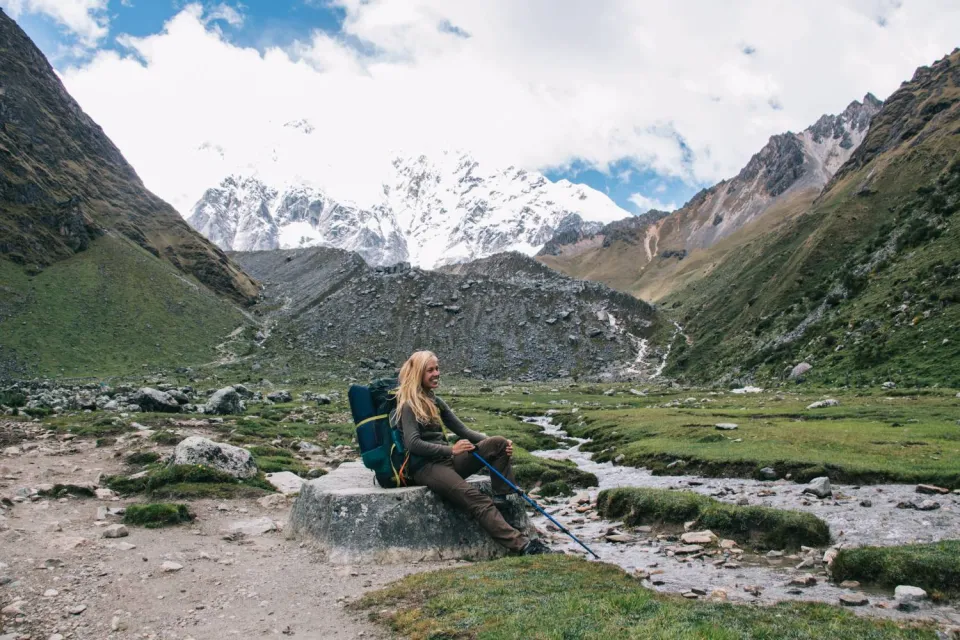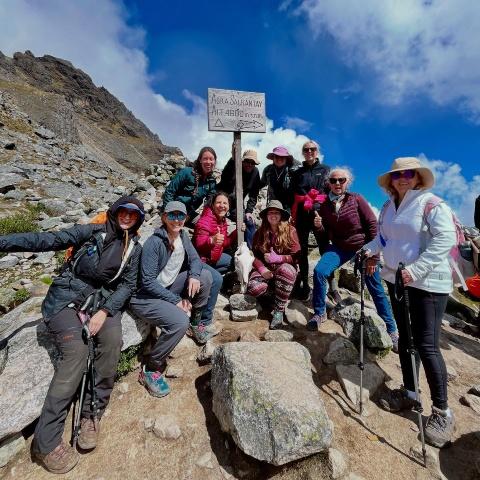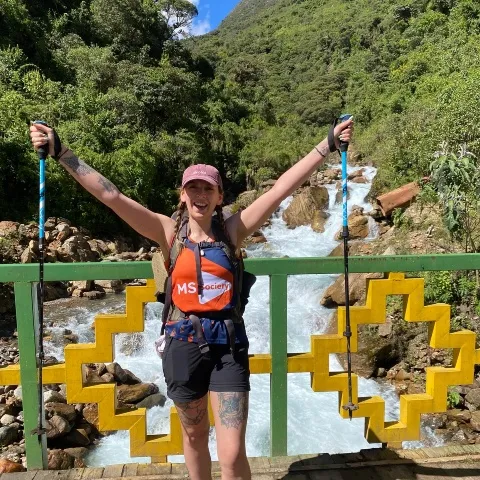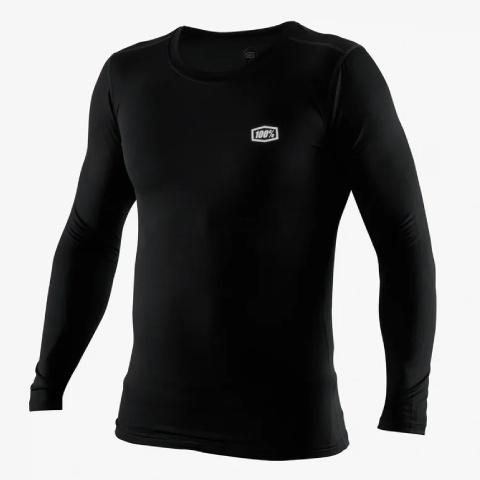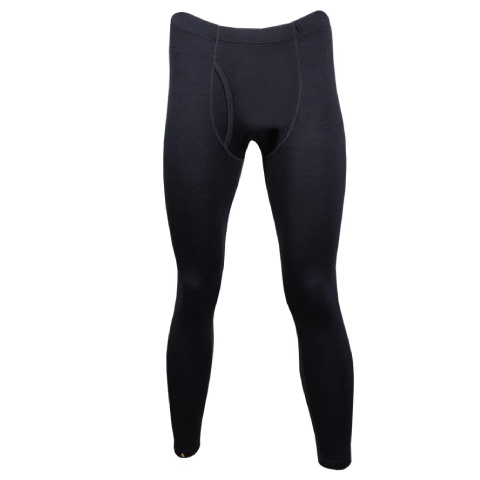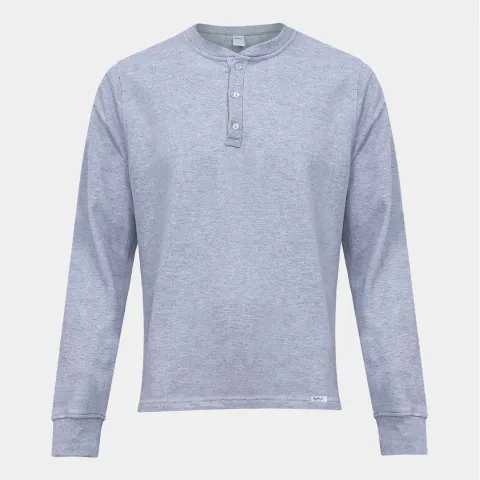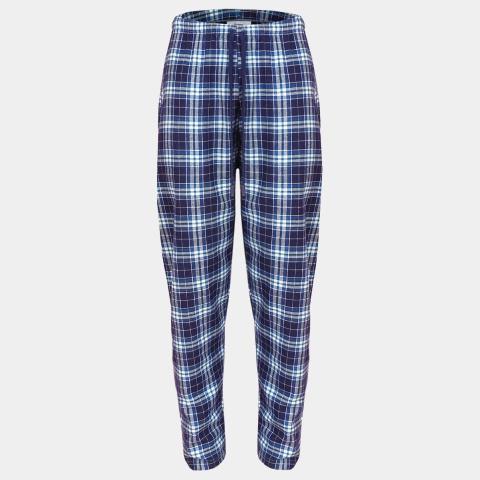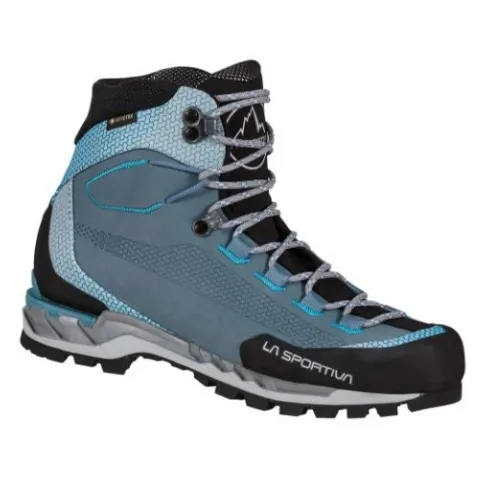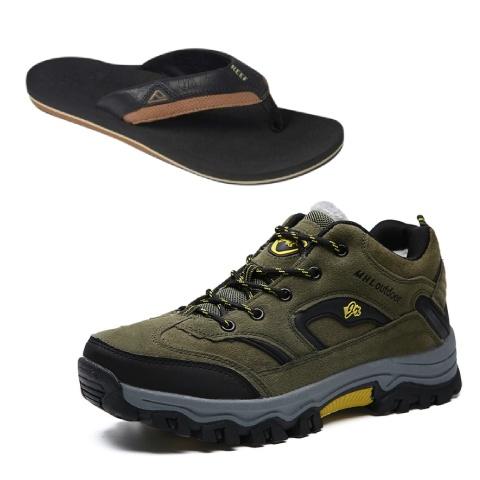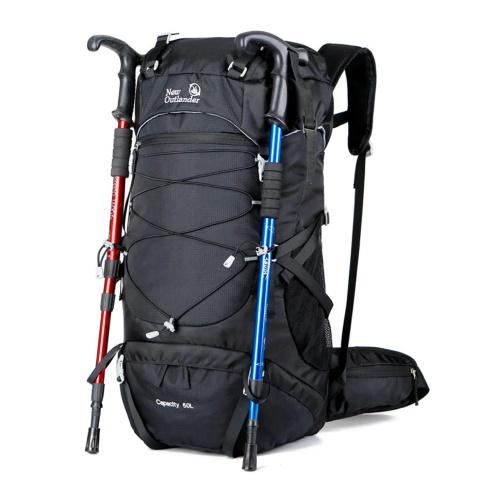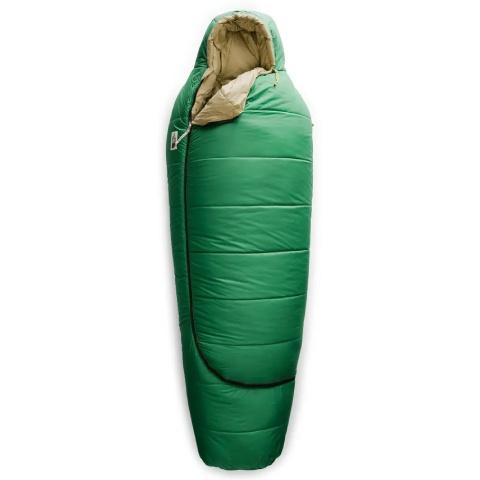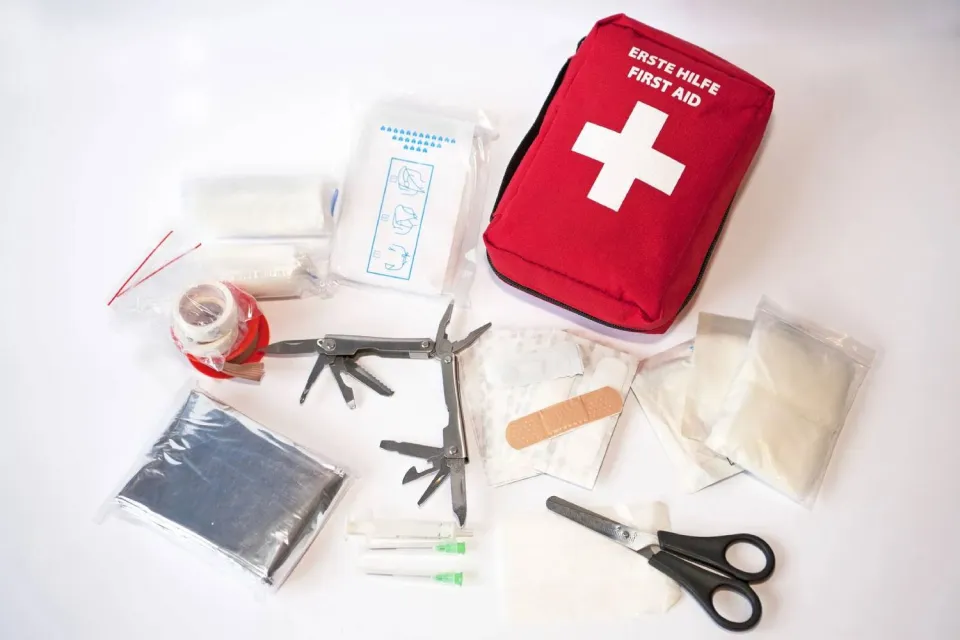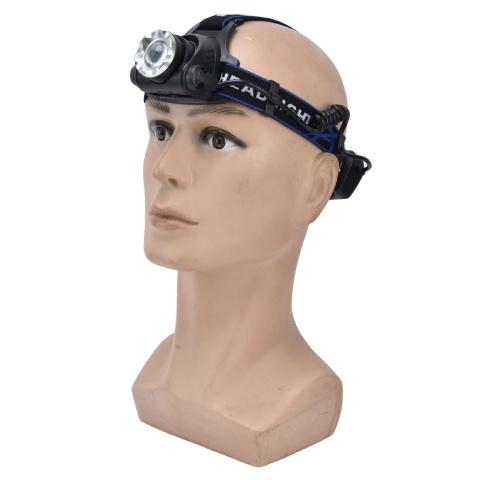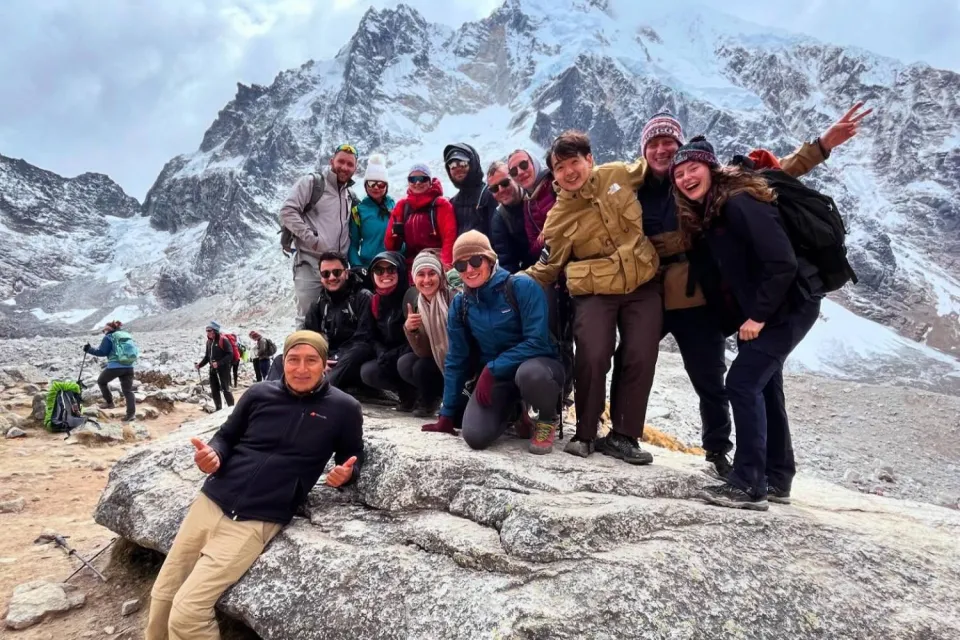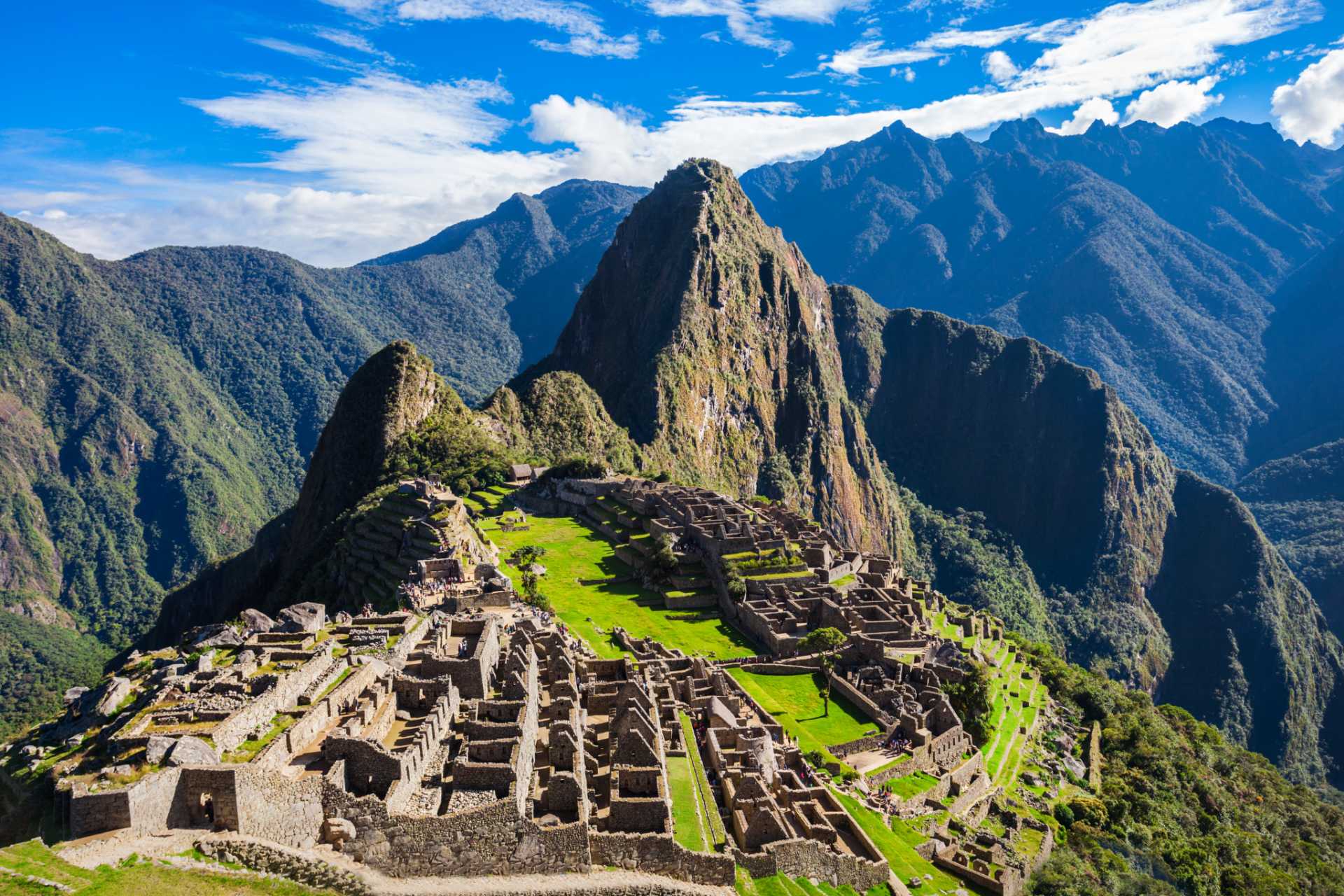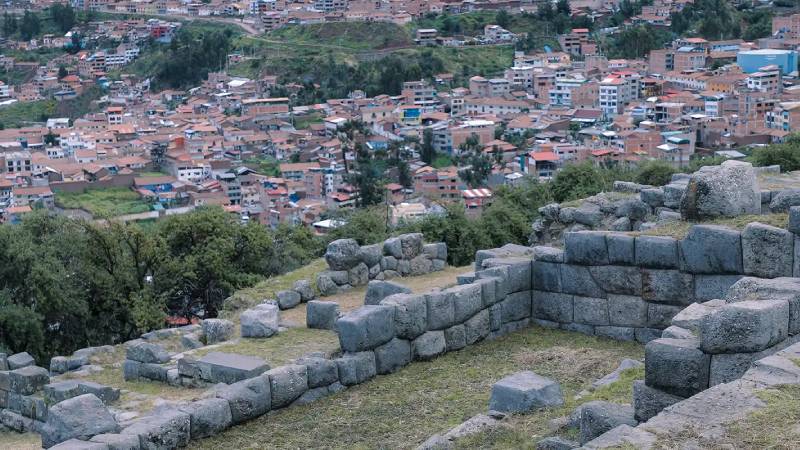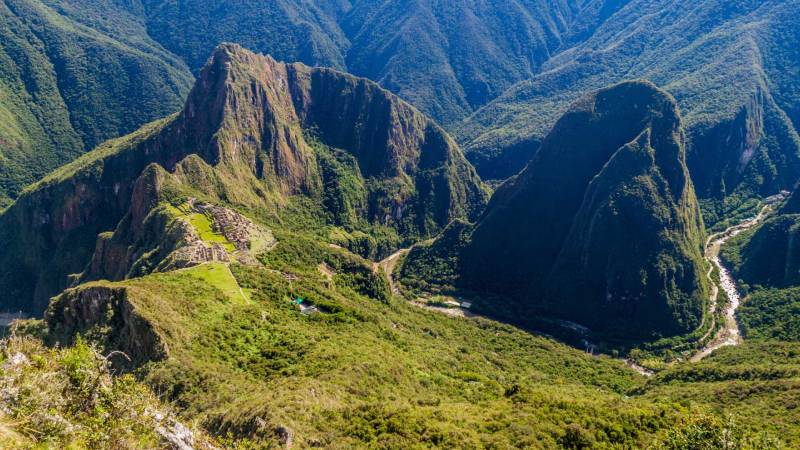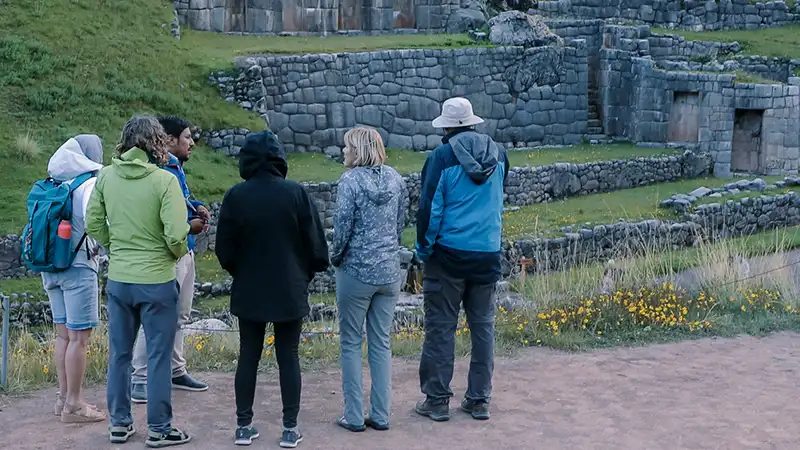More than 70% of trekkers who fail to complete the Salkantay Trek don’t do so because of a lack of strength, but because of poor preparation.
Surprised? You shouldn’t be. The Salkantay Trek doesn’t forgive those who underestimate its extreme conditions. That’s why, if you truly want to conquer one of the most epic routes to Machu Picchu, you need a Salkantay Trek Packing List that leaves nothing to chance.
And here it is: the ultimate guide to make sure that nothing — not the cold, the altitude, or exhaustion — will stop you.
What is the Salkantay trek?
The Salkantay Trek is one of Peru's most famous trekking routes, ideal for adventurers seeking a less crowded alternative to the traditional Inca Trail.
Over five exciting days, trekkers traverse an incredible variety of landscapes: towering snow-capped mountains, lush tropical forests and deep valleys teeming with life. The trek takes you to the sacred citadel of Machu Picchu, offering spectacular views and unique cultural experiences along the way.
Named after the majestic snow-capped Salkantay, one of the highest peaks in the Peruvian Andes, this trek combines nature, adventure and culture in a single experience.
Each day challenges you physically, but also rewards you with breathtaking scenery and the opportunity to connect with local communities. If you love adventure, nature and challenges, the Salkantay Trek is the perfect trip for you.
Why Is It So Important To Prepare Well For The Salkantay Trek?
Before you start filling your backpack, it is vital to understand why packing properly is so important for the Salkantay Trek.
This multi-day trek traverses different ecosystems, from the cold heights of the Andes to the tropical heat of the jungle, which means you'll need to be prepared for a variety of weather conditions. In addition, the long hours of hiking require comfortable and appropriate clothing and reliable trekking gear.
Now that we know why it's so important to be well prepared, let's take a look at what you should bring. We'll break down your gear into key categories so you don't forget any essentials.
What to Pack for the Salkantay Trek?
Clothing and Footwear
When it comes to clothing, layering is key. This will allow you to adjust your clothing according to temperature variations throughout the day.
Here is what you should not miss in your packing list for the Salkantay Trek:
1. Base Layer
The base layer is the most important, as it is in direct contact with the skin. It will be of great help in the highest and coldest parts of the Salkantay Trek, where temperatures can reach below 0°C.
It is recommended to choose a good quality base layer, which facilitates the absorption and transfer of moisture. It is advisable to take two for the upper part and one for the lower part.
2. Breathable T-shirts
Opt for technical T-shirts made of sweat-wicking materials such as polyester or merino wool. Avoid cotton, as it retains sweat and can cool you down when temperatures drop.
3. Trekking Pants
Wear lightweight, comfortable pants that you can adjust according to the weather. Some pants have a conversion feature, allowing you to turn them into shorts.
4. Waterproof and Windproof Jacket
Weather in the mountains can change quickly. A waterproof, lightweight jacket that protects you from wind and rain is a must. Make sure it is breathable to avoid excessive sweating.
5. Technical Underwear and Socks
Comfortable underwear and technical socks are essential to avoid chafing. Merino wool socks are ideal, as they keep feet dry and odor free.
6. Warm Clothes for the Night
Although daytime temperatures can be warm, nights at high altitude are cold. Take a good coat or fleece to keep you comfortable while resting.
7. Cap or Hat
Protect your face from the sun with a cap or hat. It is also useful to keep sweat out of your eyes.
8. Scarf
The cold during the night can be very intense, so it is recommended to wear a scarf or headband that can be placed around your neck.
This accessory will help keep you warm and protect you from cold temperatures.
9. Head Band or Beanie
Nighttime temperatures are often extreme, so polar headbands or beanies are a must for both sleeping and walking in cold weather areas.
These accessories will help keep your body warm and protect you from cold temperatures.
Footwear for the Salkantay Trek
The right footwear is key to enjoy trekking without pain or injury.
1. Sturdy Trekking Boots
Make sure your boots are waterproof and have good ankle support. Boots should be comfortable, have been worn several times before trekking and offer good traction on slippery terrain.
2. Shoes for the Camp
Once you arrive at camp, you'll want a pair of comfortable shoes to rest your feet. A pair of sandals or lightweight sneakers are perfect.
3. Sandals
Sandals will be very useful for showering in the lodges or for cooling off in the thermal baths of Cocalmayo. It is recommended to bring a comfortable and resistant pair for these occasions.
Essential Equipment and Tools
1. Trekking Backpack
A trekking backpack of between 40 and 50 liters will be ideal for the Salkantay Trek. Make sure it is comfortable, with good distribution and enough space for everything you need to carry.
2. Duffle bag
Many tour agencies provide a duffel bag before you start the trek to store your clothes and other essentials.
This bag has a capacity of up to 7 kg, which will be carried by the rider. In case there is not enough space in your backpack, you can store the rest of your belongings in this bag.
3. Trekking Poles
Although not essential, trekking poles can help reduce impact on your knees and provide stability in difficult terrain.
4. Sleeping Bag
The weather at high altitudes can be cold, so a good sleeping bag suitable for sub-zero temperatures is essential for nights at the campsite.
5. Tent (if necessary)
If you are camping on your own, you will need a lightweight, rainproof tent.
6. Headlamp
A headlamp is a must for moving around at night or in the morning before dawn. Bring extra batteries so you don't run out of light.
Important Accessories
1. Sun Protection
The altitude and the sun's reflection on the snow can burn you quickly. Bring high SPF sunscreen, sunglasses and a hat to protect you from UV rays.
2. Mosquito repellent
Insect repellent will be very useful during the last days of your trek, when you enter the warm climate of Machu Picchu. This is especially important in high season, when mosquitoes tend to be active and bite tourists.
3. Water Bottle or Hydration System
Stay hydrated throughout the trek. A reusable water bottle or Camelbak-type hydration system is perfect for easy access to water while hiking.
4. Energy Snacks
Bring energy bars, nuts or any snack that will help you replenish energy along the way. Avoid heavy foods or foods that require a lot of preparation.
5. First Aid Kit
It is always a good idea to carry a small first aid kit, including bandages, tissues, disinfectant, antiseptic wipes, painkillers, and any medication for altitude sickness such as Diamox that you may need.
6. Hand sanitizer
Hand sanitizer is ideal for maintaining hygiene before eating, especially when your hands get dirty during the hike. It will go a long way in making sure you can eat safely and cleanly at all times.
7. Lip balm
Since you will be going through cold climates, your lips are likely to get chapped, which can be painful. For this reason, it is recommended to carry lip balm to protect them and keep them moisturized while trekking.
Extra Equipment for the Salkantay Trek
Although what has been mentioned so far covers the essentials, some additional items can make your trek much more comfortable:
1. Camera
Bring a compact camera or your cell phone to capture the breathtaking scenery and special moments during the trek. Remember that there won't always be electricity to charge devices, so bring an external battery.
2. Quick Dry Towel
A light, quick-drying towel is useful for keeping you clean after a long day of hiking. It's also useful for drying your gear if it gets wet.
3. Solar Charger (Optional)
If you need to charge your electronic devices, consider carrying a portable solar charger. This is especially useful if you are going to be without access to electricity for several days.
4. Original Passport
Do not forget to bring your passport, as it will be necessary to enter and/or purchase tickets to Machu Picchu or other archaeological sites of interest. This document will be required at the time of entry.
5. Head flashlight
The flashlight or portable light will be useful in situations where you need to go to the bathroom in the dark or if you want to read. Most of the camps you will visit do not have electricity.
It is recommended that you carry extra batteries to ensure that you have enough charge for the entire trip.
6. Trekking towel
Quick-drying towels are especially useful for trekking, as they allow you to wash yourself and, once used, easily store them to continue with the trek.
This type of towel is ideal for its ability to dry quickly and its practicality during the trek.
7. Soap and shampoo
It is recommended to carry shampoo and soap in a small bottle to wash yourself in the lodges.
Although in some parts of the trail you will find these products, they will not always be available, so it is best to bring your own for convenience.
8. Toothbrush and toothpaste
It is recommended to carry a small, lightweight toothbrush, stored in a spill-proof bag.
Maintaining good oral hygiene during the trek is very important for your comfort and daily well-being.
9. Cash
During your hike, you will pass through several villages where you will want to buy souvenirs or some snacks for your refreshments.
Therefore, it will be necessary to carry cash in small denominations, as some places do not accept card payments.
10. Toilet paper
It will be necessary to carry toilet paper for when you need to go to the bathroom during the hike, as many of the restrooms you will access do not have this resource.
11. Rain poncho
When traveling in the rainy season, carrying a rain poncho is essential, since you will be walking in open terrain with no place to shelter from the rain.
This item will protect you and allow you to continue your hike without inconveniences.
Packing Tips for the Salkantay Trek
Now that you have the list of what to bring, here are some additional tips to make your experience even better:
1. Travel Light
Remember that on the Salkantay Trek you don't need to bring everything you own. Pack only the essentials to minimize the weight of your backpack.
The necessary equipment for the trek can be carried in a small trekking bag that allows you to move around easily.
2. Use Good Quality Clothing and Equipment
Your comfort depends on the quality of the equipment you carry. Don't skimp on boots or waterproof clothing, as the weather in the mountains can be unpredictable and you need to be protected.
3. Test Before Trekking
Before you leave, take a few long walks with your backpack to make sure everything you carry is comfortable and functional.
4. Pack for Changing Weather
Remember that in the mountains, the weather can change quickly, so be prepared for anything. Always carry an extra layer of clothing, as temperatures can drop drastically, especially at night.
The Salkantay Trek is an epic adventure that will take you through some of Peru's most breathtaking scenery, but in order for you to enjoy the experience to the fullest, it is essential that you prepare properly.
With the Salkantay Trek Packing List we have provided you with, you will be ready to face any challenge the trail throws at you.
Remember to always carry the essentials, pack light and be prepared for any weather changes, so go ahead, pack your backpack and start your adventure!

